“Design thinking starts with divergence, the deliberate attempt to expand the range of options rather than narrow them...The Post-It note, in all its pastel glory, embodies the movement from the divergent phase that is the source of our inspiration to the convergent phase that is the road map to our solutions.”
A Plan as a Living Process
Update: Ottawa Towers lawyers comment on six-year Pontiac Phoenix Center battle: ‘A defenseless case’
Beginning in September 2014, Pontiac Holonomy Incubator created the opportunity to connect a community planning process to the effort to save the Phoenix Center from demolition by facilitating development and participatory Design Charrettes via two Ottawa Tower Open House orchestrations and continued connection at 4 N. Saginaw via Saturday Morning Breakfast Clubs. The Phoenix Center is a 6 & 1/2 acre public plaza and amphitheater atop a 3 tiered, 2,700 space parking deck connected to Ottawa Towers I & II, a senior apartment complex and next door to Pontiac's Transportation Center.
Following disastrous Urban Renewal policies and practices begun in the 1950's - resulting in the displacement of small businesses and community from the downtown following the demolition of buildings on 24 acres of land, and the building of the four lane high speed Woodward Loop - the complex was designed in 1969 by Don Davidson after winning against a competing design for a shopping mall on the site. Davidson's intention was for the "project" to serve as an economic development and community hub, a city square and nexus-point catalyst for reconnecting the downtown and addressing a complex set of urban problems presented by a post-industrial reality. Built as Phase One in the 1980's, the towers were occupied by General Motors before being sold to Ottawa Towers in 2008. The Phoenix Center public plaza was used solely for concerts before an Emergency Manager ordered it's demolition in 2012. The site as a “whole” has since been the subject of a controversial litigation process that is coming to a close.
Our evolving community-sourced development concept for the center rests on new combinations and new research and evidence regarding the shift back to the urban core: Innovation Districts, Placemaking, The Death and Life of Great American Cities, The Future of Work and Play in Pontiac, a STEM/STEAM Learning Ecosystem and Broadband - or the deployment of the fiber optic infrastructure left behind from GM's OnStar days. And on filling Ottawa Towers II with a diversity of partners to create a "learning collaboratory."
We are just following our noses.....
Placemaking
Innovation District






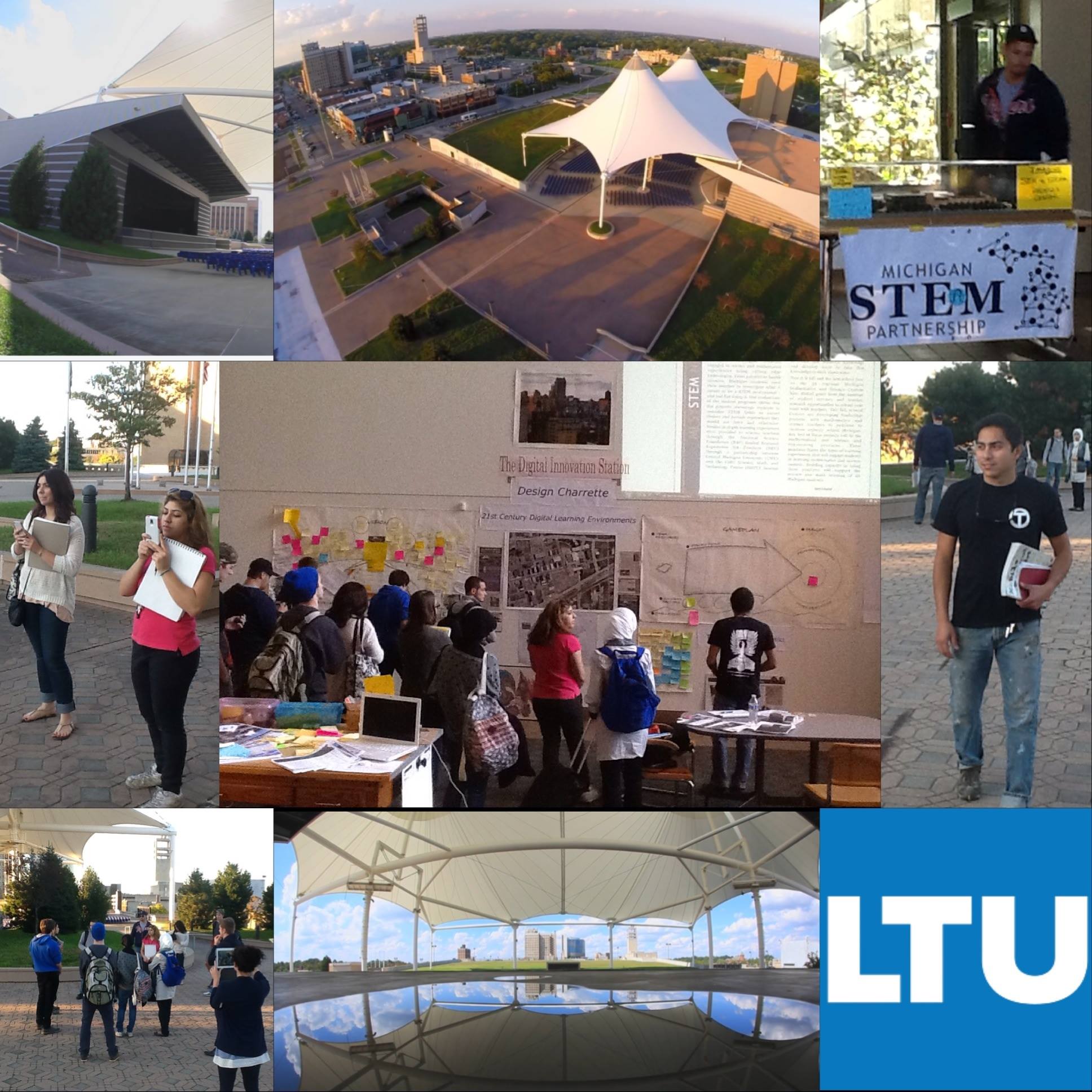

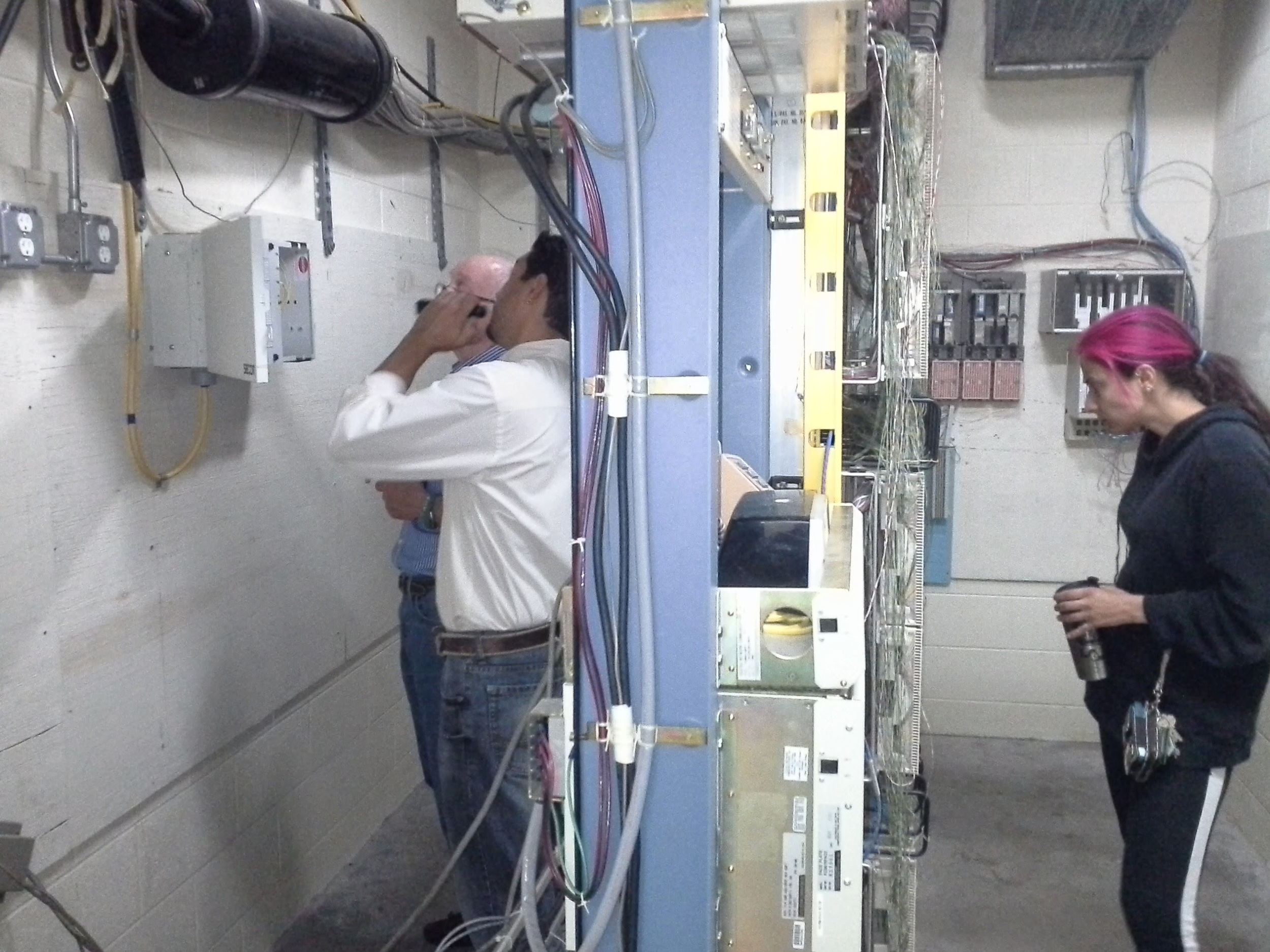





















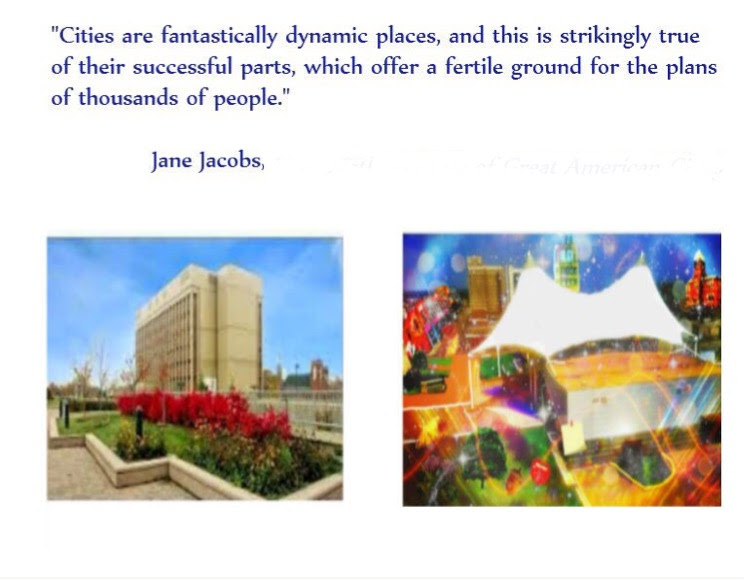













Ottawa towers Open House September 2014 & 2015


















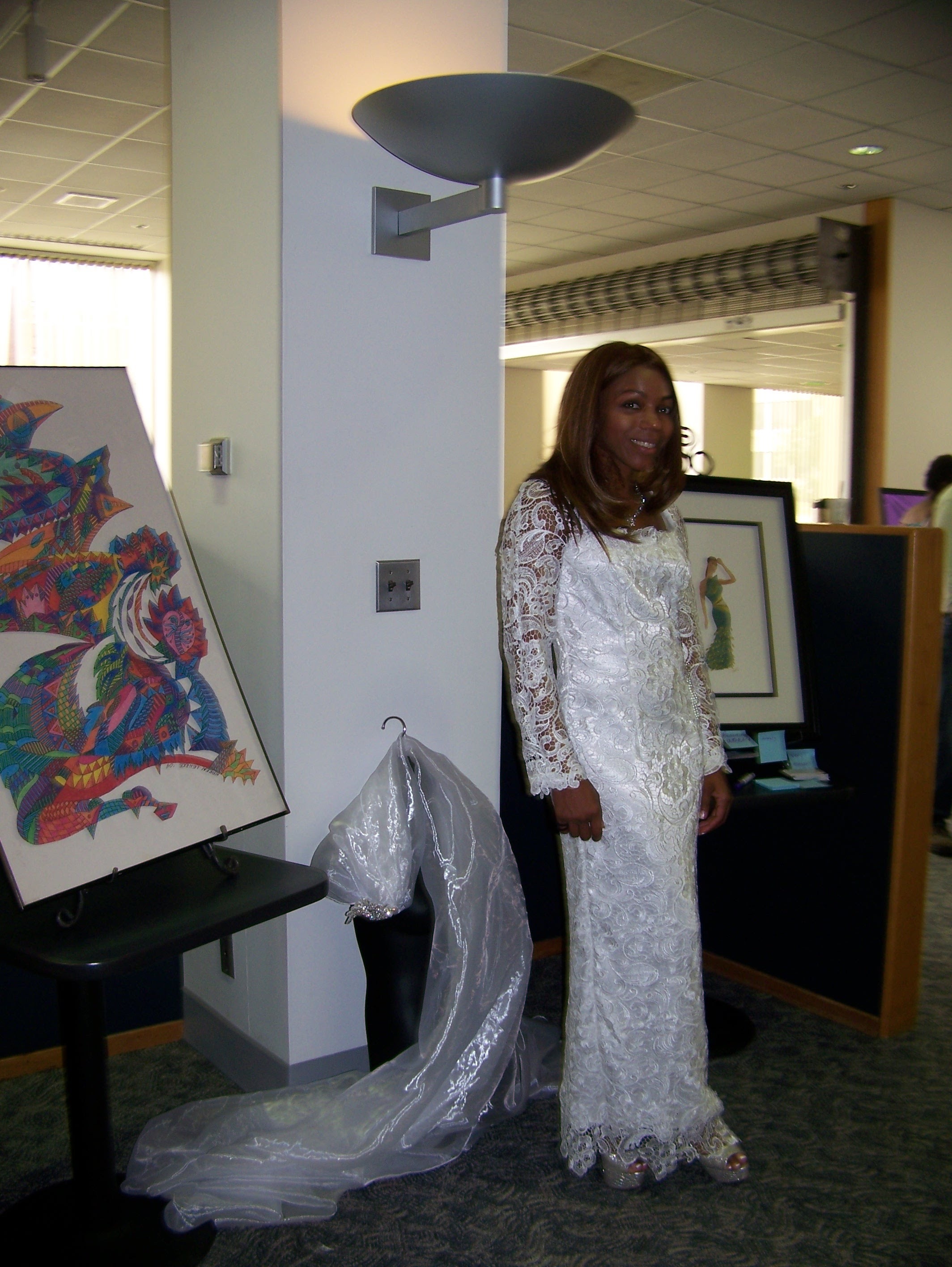





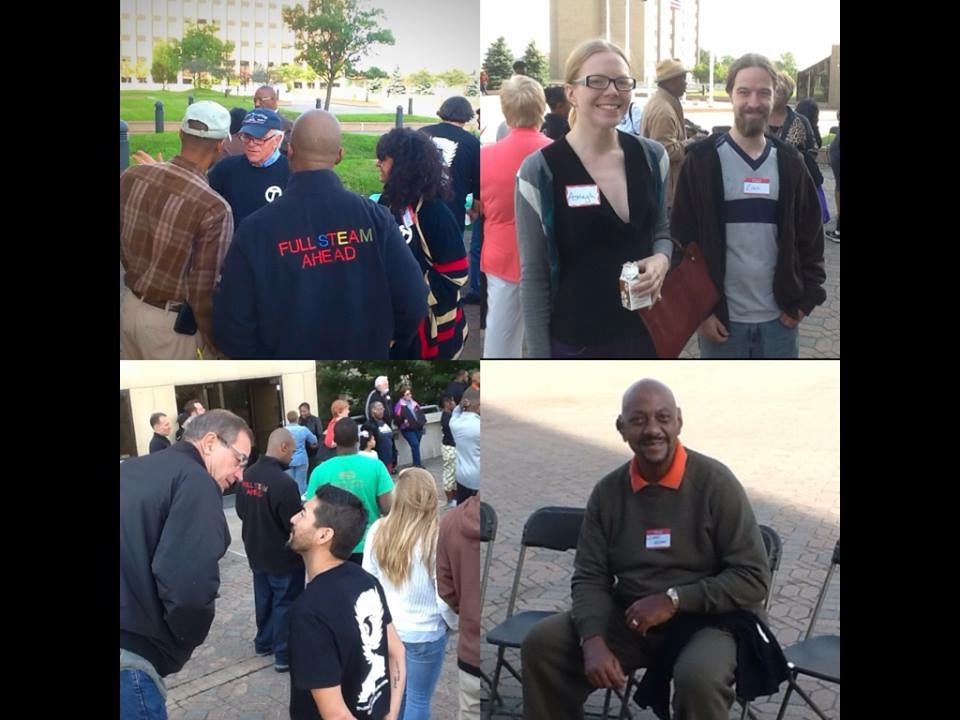






Following the September 19, 2014 Ottawa Towers/Phoenix Center Open House - Fernando Bales of FPB Studios and Pontiac Resident - invited his students at LTU to engage in design study and charrettes to offer alternatives to demolition. Over the course of a year two student groups attended and produced intriguing physical designs for the plaza and complex as a whole. Ottawa Towers and Pontiac Holonomy Incubator facilitated. Photo Album
Evolving understanding on Innovation Districts
Design Thinking pilot program 4th and 5th grade - preparing for "Design Walk"





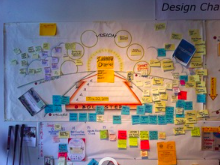
























Design Thinking/STEAM - K-12











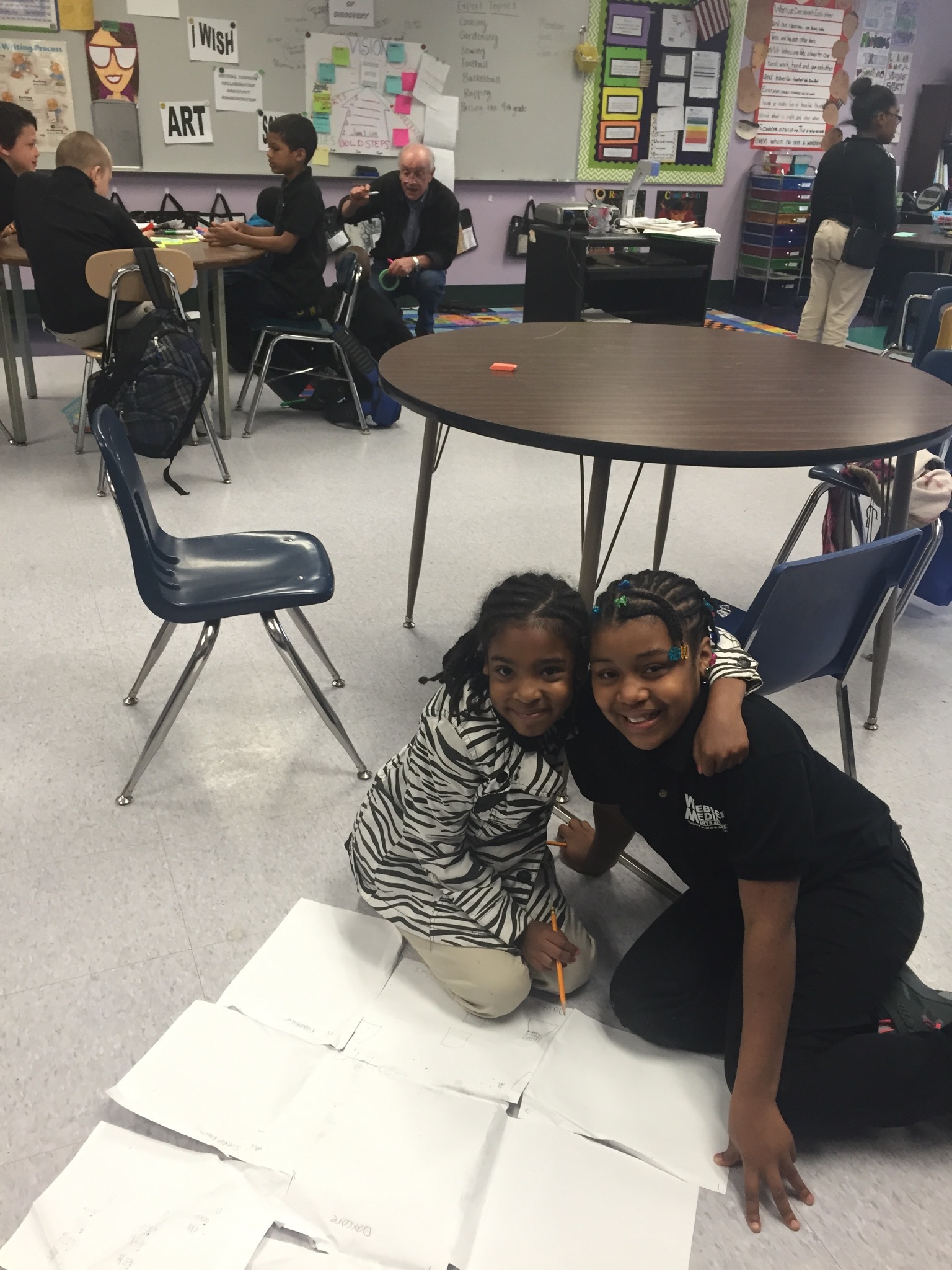







Saturday Morning Breakfast Club







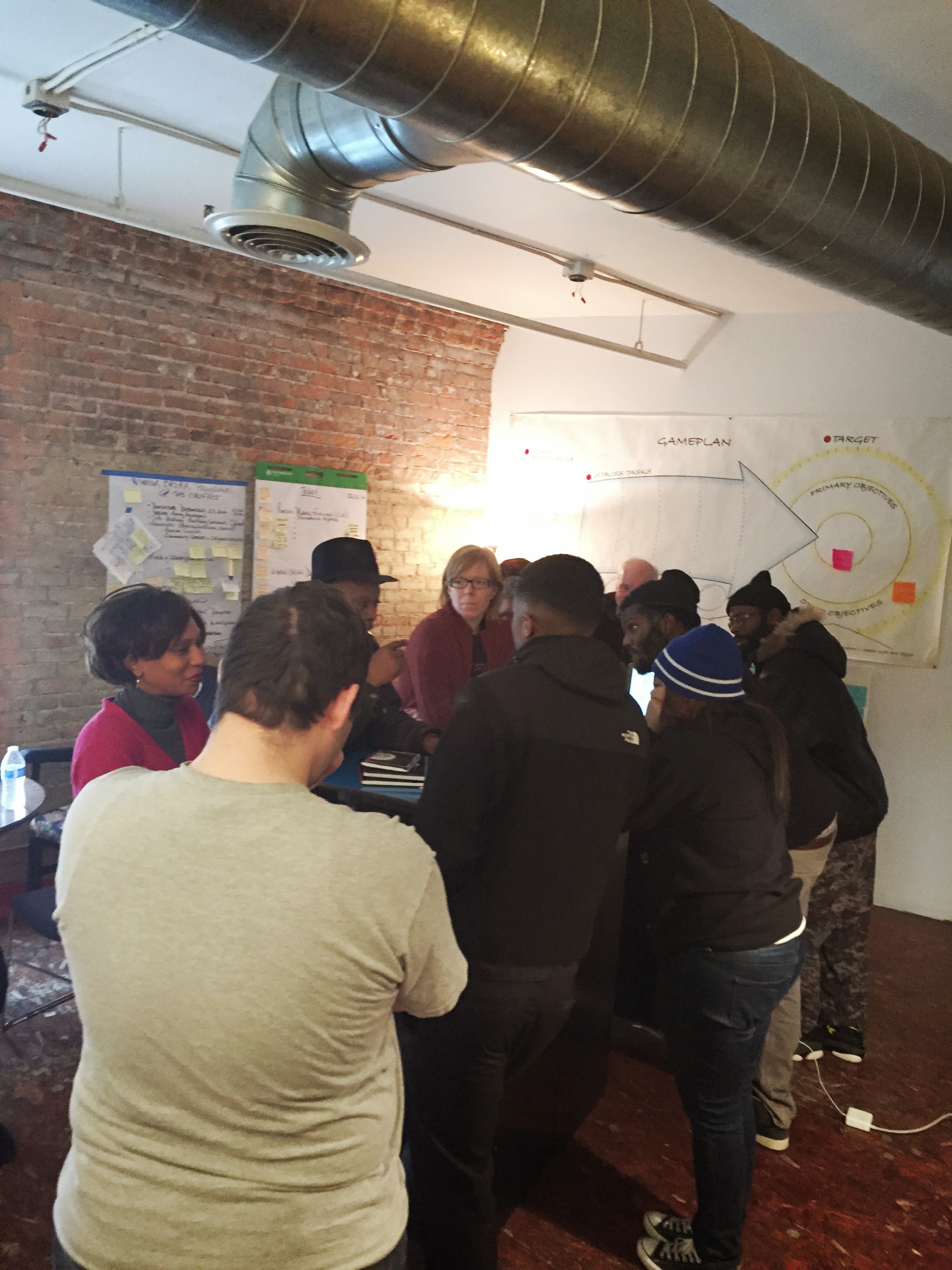



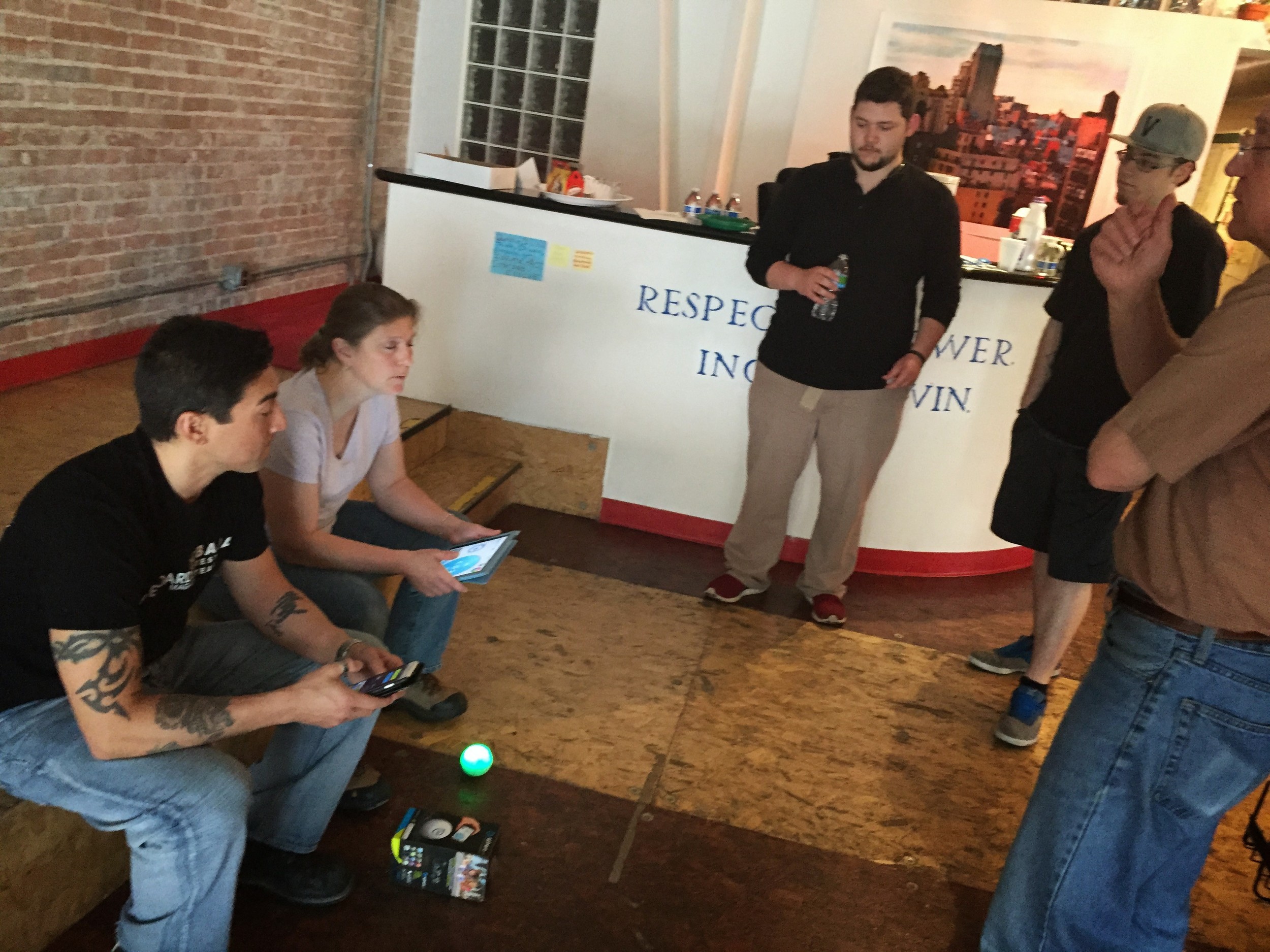





Startup Weekend Pontiac













LaKenya's pitch on what she would do with an empty building. Design Thinking pilot program.
The Future of
Work & Play in Pontiac
The Death and Life of
Great American Cities





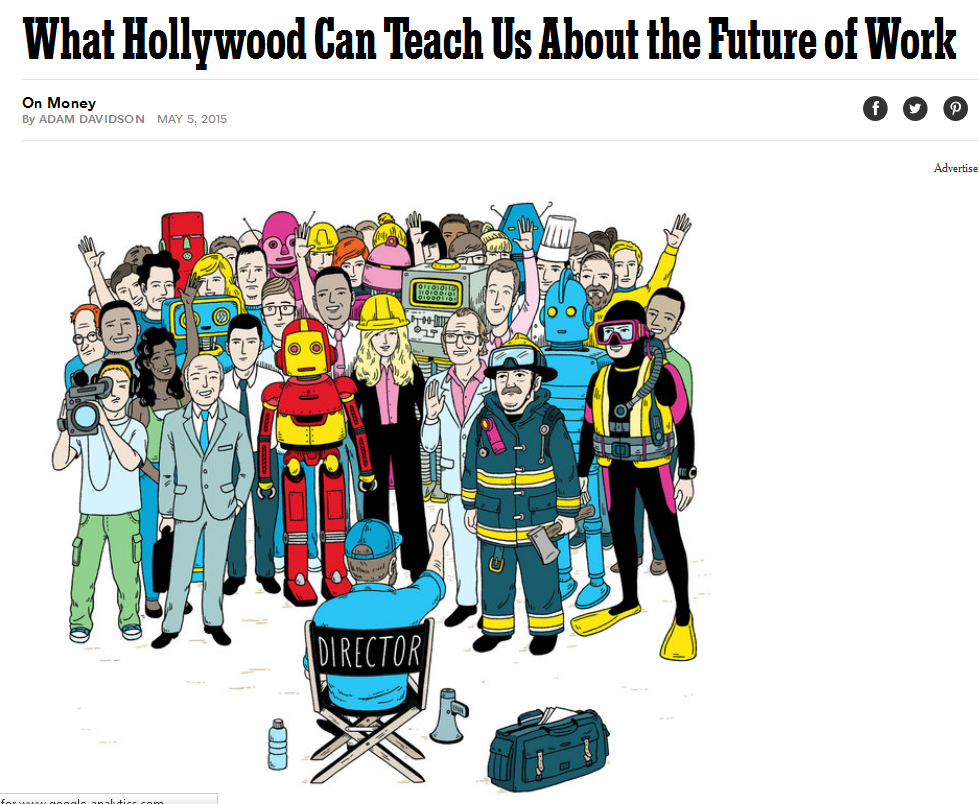









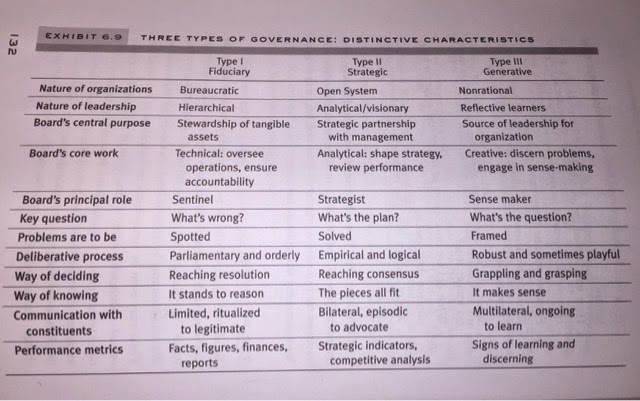
Broadband
STEM/STEAM
Learning Ecosystem

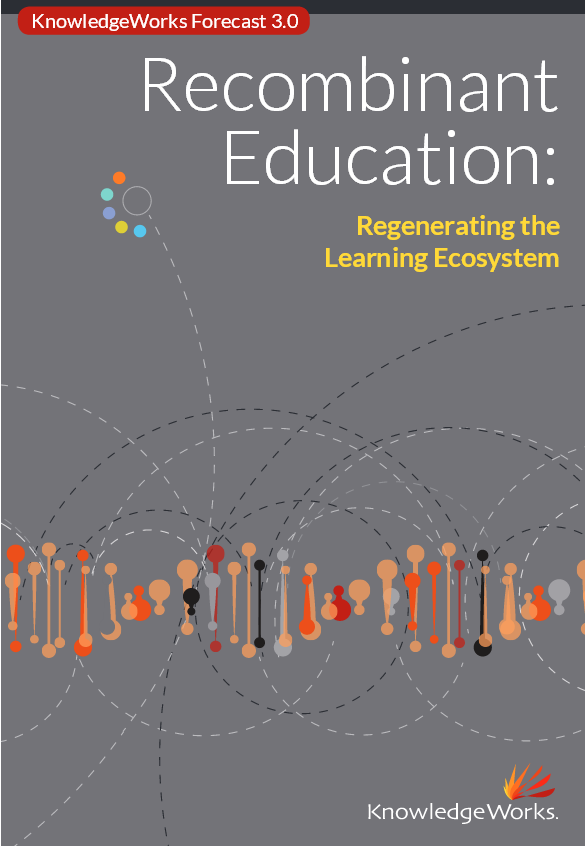








“As you probably know, I think history matters a lot. So, let’s consider some history. Networks have been a defining economic force throughout history, and the victory laurels have gone to those who embraced the new networks. The exciting part about our time is that while broadband and the Internet may be the most important networks in history, their effects have not yet been the most significant in history. The simultaneous emergence of the mid 19th century railroad and telegraph networks reshaped the economy and society of that time more than the internet, and all that it has produced has shaped ours thus far. And the key phrase in that sentence of course is “thus far.” My conviction is that we are on the cusp when our broadband networks will prove even more transformative than the networks of the 19th century. And that belief is based on this new fact: Broadband networks are new in a new way. Broadband networks are new in a new way. And that new way is the evolution from hardware-based networks to ones that are software-based with a result that changes the nature of networks.”
On June 26, the Center for Technology Innovation at Brookings and the Metropolitan Policy Program at Brookings hosted FCC Chairman Tom Wheeler, who discussed his vision for maximizing the benefits of broadband. Transcript
“A Collaboratory is a facilitated space open to everybody, and in particular to concerned stakeholders, to meet on an equal basis to co-create new solutions for societal, environmental or economic issues by drawing on the emergent future. It is a place where people can think, work and learn together to invent their common futures.
The philosophy of the collaboratory revolves around an inclusive learning environment where action learning and action research meet and where the former separation of knowledge production and knowledge transfer dissolves.
In our dreams, the collaboratory becomes the preferred meeting place for citizens to jointly question, discuss, and construct new ideas and approaches to resolving sustainability challenges on a local, regional, and global level. ”























